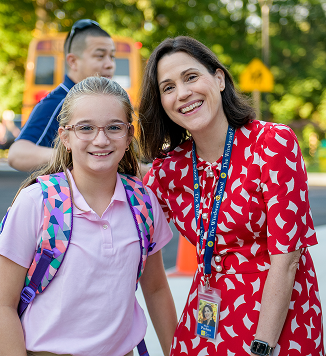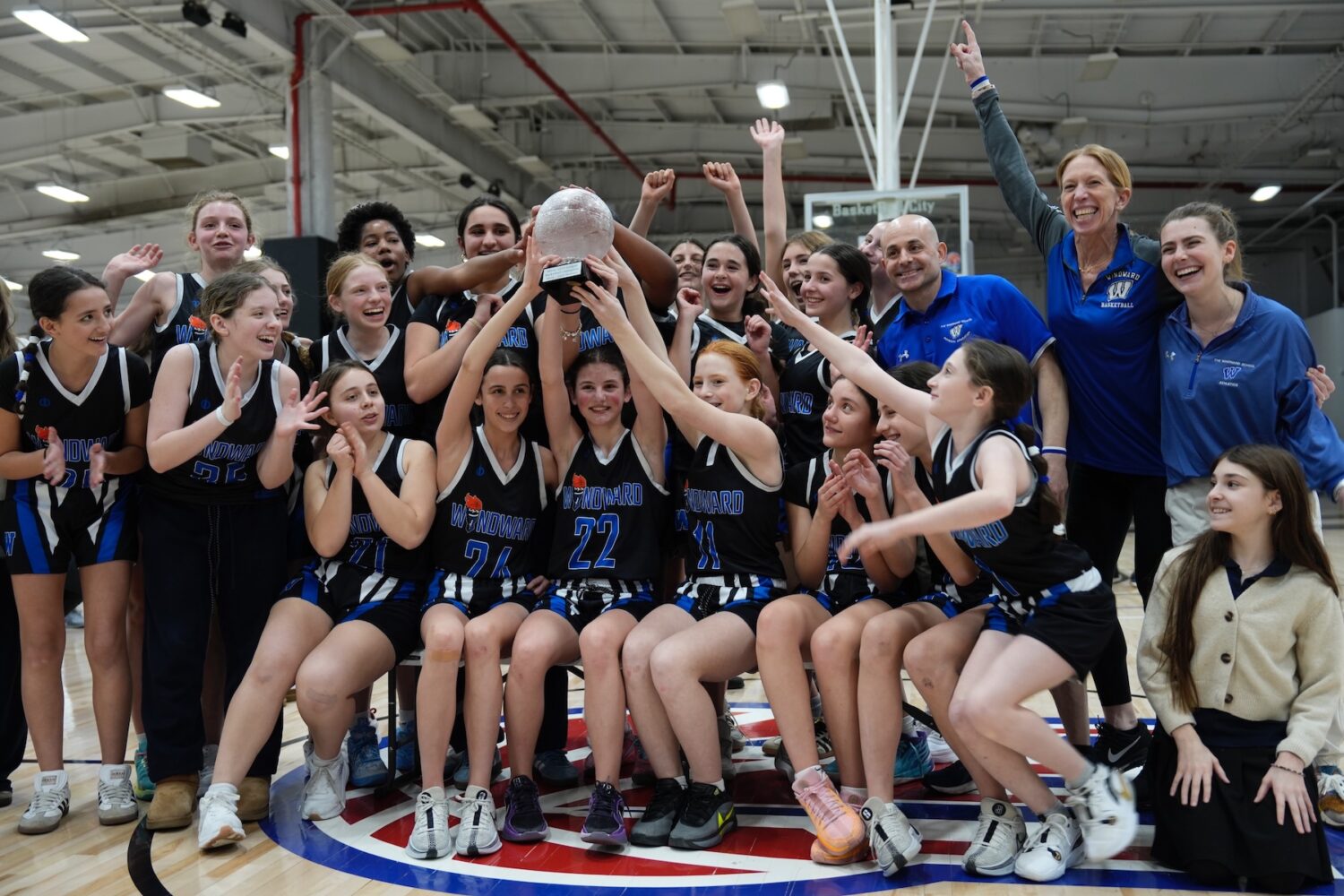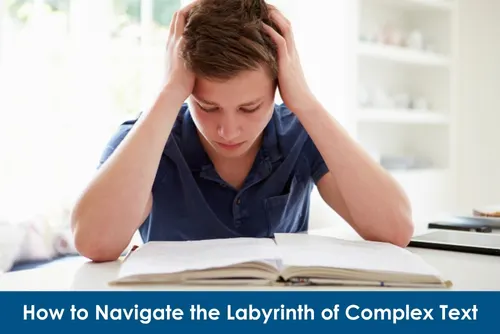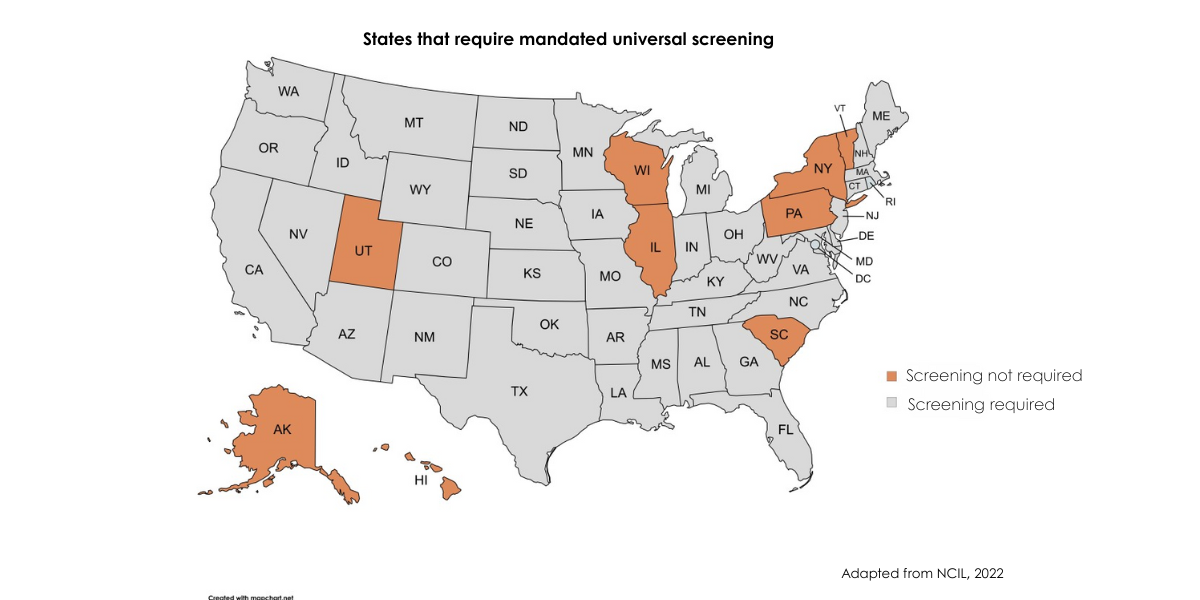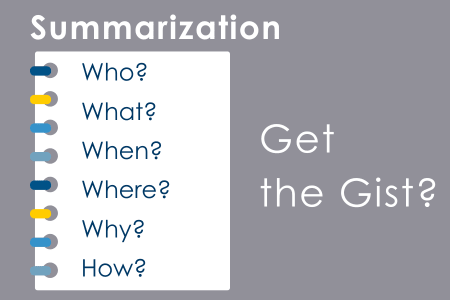Why do some texts feel like mazes to our students, while others seem like a straight path? We often witness the moment when a reader’s confidence falters, not because they can’t decode the words, but because the structure of the text makes comprehension elusive. Understanding this challenge is a critical step in making complex texts more accessible, manageable, and meaningful for learners.
Educators and literacy experts identify three connected dimensions of text complexity: quantitative, qualitative, and task complexity (Common Core State Standards Initiative, 2010; Lupo et al., 2025). Quantitative complexity refers to measurable features like word frequency and sentence length. In contrast, qualitative complexity encompasses the deeper, less visible characteristics that influence comprehension, including the clarity of language, assumed background knowledge, overall purpose, and the way the text is organized. Task complexity centers on what students are expected to do with the text, such as summarizing, analyzing, or synthesizing information.
A text’s structure acts as a blueprint for how ideas unfold and how meaning is constructed. In more demanding texts, this structure is often implicit or unfamiliar, making it a frequent stumbling block for readers. With intentional scaffolding and targeted strategies, educators can help students navigate and make sense of these challenging text structures.
What Makes Text Structure So Complex?
Informational texts may include various types of graphics, including illustrations, maps, and primary sources. Timelines may be incorporated that carry essential information not conveyed elsewhere in the text (Fisher, Frey, & Lapp, 2016). Additional components such as graphs and charts, as well as annotations and pull-out boxes, require the reader to make connections across sections of text and analyze information. When transitions are subtle or omitted, readers must infer relationships between ideas to understand the flow.
Narrative texts can challenge readers with nonlinear timelines, shifting narrators, and intertwined plots. Inclusion of literary devices like metaphors, foreshadowing, flashback, allegory, and symbolism provide additional layers of complexity that can stymie readers’ understanding (Fisher et al., 2016). Characters may also be introduced and reintroduced across time, and multiple episodes may make the storyline difficult to follow (Fisher et al., 2016).
Scaffolds for Informational Texts
- Emphasize the importance of thoroughly previewing informational text to identify all the embedded structures through which information is conveyed.
- Explicitly teach students how to interpret visuals like charts and infographics.
- Teach students to identify and label expository text structures, including descriptive, time-sequence, compare-contrast, cause-effect, problem-solution, and argumentative, to guide comprehension.
- Use graphic organizers or structured note-taking templates that align with the text structure to visually organize information and highlight relationships among ideas.
- Create structured reading guides that scaffold and direct students to important information in the text.
- Offer sentence starters and word banks to help students express complex relationships in writing or discussion.
- Highlight and discuss transition words that are implied but not explicitly stated.
Scaffolds for Narrative Texts
- Use think-alouds to model how to navigate and reflect on complexities specific to narrative text, such as shifts in time, multiple narrators or perspectives, and literary devices.
- Create classroom timelines to help students track non-linear story events visually.
- Support character tracking with bookmarks, matrices, or other organizers that map character roles, relationships, and traits.
- Use double-entry journals or response sheets to help students reflect on quotes and connect them to themes and character development.
- Integrate story grammar frames to help students identify major story elements—such as setting, character, problem, and solution—even when presented in unconventional formats.
- For texts with multiple episodes or non-sequential events, guide students to chunk and map individual events, while discussing their connection to the overarching story frame.
Why Structure-Focused Instruction Matters
Focusing on structure doesn’t mean simplifying content. Instead, it means teaching students to uncover the map beneath the words. Research shows that students who understand text structure are better able to integrate prior knowledge, navigate complexity, and monitor their comprehension as they read (Duke & Pearson, 2017; Castles et al., 2018). This approach supports deeper comprehension and builds skills that transfer across subjects and grade levels.
Understanding the complexities of text structure enables students to connect ideas and information, even within the most complex texts, strengthening their overall comprehension, analytical skills, and confidence when approaching challenging reading material.
References
Castles, A., Rastle, K., & Nation, K. (2018). Ending the reading wars: Reading acquisition from novice to expert, Psychological Science in the Public Interest, 19(1), 5-51.
Duke, N., & Pearson, D. P. (2017). Effective practices for developing reading Comprehension. In Farstrup, A. E., & Samuels, S. J. (eds.) What research has to say about instruction (3rd ed.). International Reading Association.
Fisher, D., Frey, N., & Lapp, D. (2016). Text complexity: Stretching readers with texts and tasks, (2nd ed.), Corwin Literacy & International Literacy Association.
Lupo, S. M., Reynolds, D., & Hardigree, C. (2025). Tackling tough texts: A research-based guide to scaffolding learning in grades 6-12, The Guilford Press.
National Governors Association Center for Best Practices, & Council of Chief State School Officers. (2010). Common core state standards.

